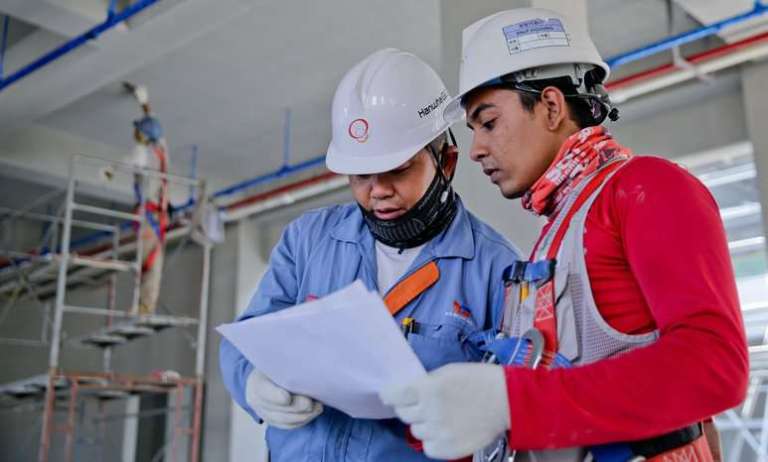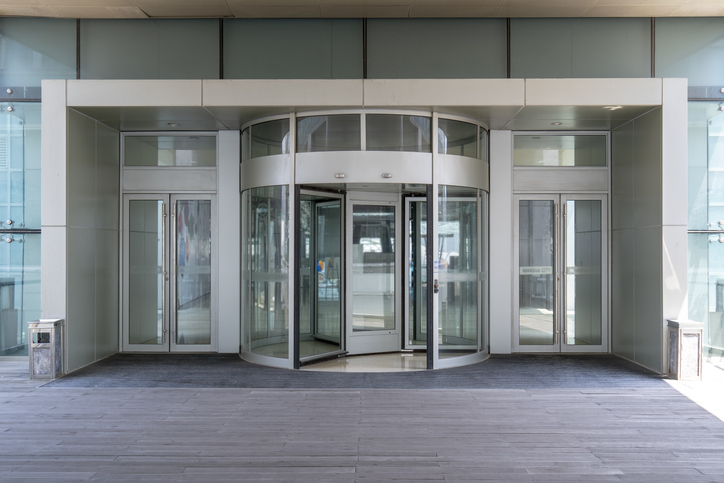ISO 13153:2012—Design Process For Energy-Saving Buildings
Globally, buildings and construction are responsible for much of our energy and resource use: 60% of electricity use, 12% of water use, and 40% material…

Globally, buildings and construction are responsible for much of our energy and resource use: 60% of electricity use, 12% of water use, and 40% material…

Sustainability is a crucial consideration in the construction industry. There are two main metrics for measuring a building’s sustainability: embodied carbon and energy efficiency. But…

Among the many considerations for ensuring effective building design and construction, there are loads, or forces or other actions that result from the weight of…

IICRC, as an ANSI-accredited standards developing organization, has a specific focus, and its activities enhance the safety and efficiency of the industry it serves. The…

In our solar system, energy begins with the sun. The core’s extreme pressure—250 billion atmospheres—and temperature—15.7 billion kelvin—drives fusion, resulting in a decrease in mass…

A building is like an organism, with distinct systems and intricacies aligned in overarching purpose to assure efficiency, comfort, and even safety for the many…

The American National Standard for revolving doors, ANSI/BHMA A156.27-2019: Power And Manual Operated Revolving Pedestrian Doors, helps make building entrances efficient and safe. For many,…

Energy is the vigor of the universe. Literally the ability to do work, little can happen without energy. Whether deriving from the heat and illumination…

Locks provide security and comfort for possessions and even one’s safety. Therefore, the public is entitled to safety and stability in the locks used to…